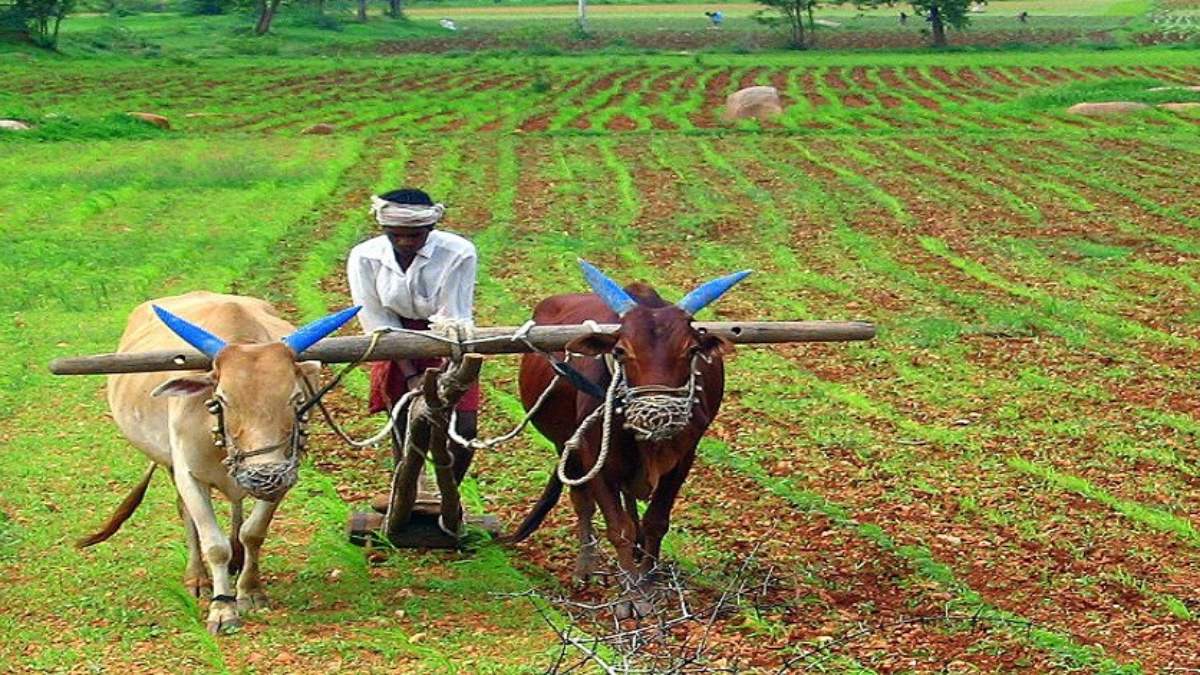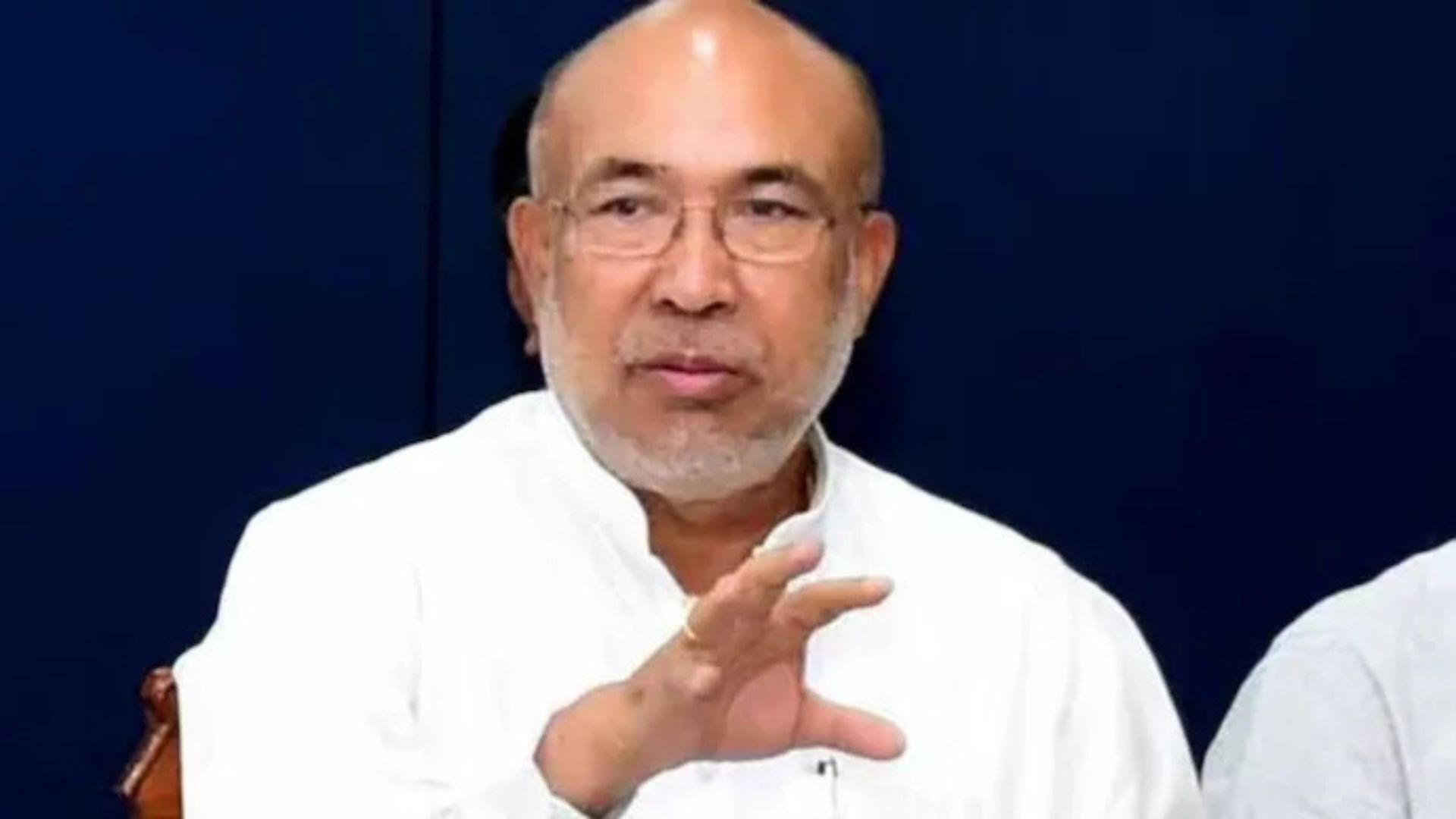
I travel regularly to rural India, agriculture being both my profession and passion. Recently, in the Tarai region of western UP, during a brief break in my journey, I had the opportunity to talk to a group of farmers, all aged and wise men, perched on charpoys outside a village. Speaking in Hindi, the farmers were rueful of the fact that they were a lonely lot.
“We worked hard to educate our sons, and they do not want to enter our fields, much less carry on farming for themselves and their families,” one of them said. There was a chorus of agreement all around. “Yes, my son would like to open a shop in Kashipur nearby and wants money,” stated another old farmer, smoking a bidi. “Kishan, my son, has started to work in Bilaspur in a tractor workshop.” A sardarji interjected, “My son too has gone to Delhi looking for work. He wants to settle there. I am thinking seriously of selling my land, now that the new highway is making land prices go up”. Another middle-aged dhoti-clad farmer interrupted, “My bahu (daughter-in-law) belongs to a city family and is after my son to migrate. Who will then look after the fasal, the animals and our land? He is asking me to sell off a portion of our land, not that we have more than few bighas!” “Babu,” he said to me, “Kheti to khatam hi samjho ab—na to kuch bachta hain, na hi hamare bachchon mein dum hai kheti karne ki. Unko chahiye paisa jaldi se.” There was a nodding of heads—agriculture is not profitable and is disappearing and every son wants to partition the land and obtain his share of the family property.
Since Partition, farmers and their families have partitioned farmlands and the average holding presently is around 1.08 hectares. An M.S. Swaminathan Foundation report says that 2,035 farmers are moving away from cultivation every day, while rural youth constitute only about 19% of the farming community! There are 15 million fewer farmers than there was in 1991, as per the Institute of Applied Manpower Research (IAMR).
Where have all the farmers gone? Where are the farmers of tomorrow, the next generation of “sons of the soil”? The writing on the wall says that everyone has gone to the towns, gone to explore their own destiny and find their identity. Even the girls and women are following suit. A nationwide farm survey by CSIS reported that 62% of the youth in rural areas did not want to take up farming since it was unprofitable and there were better options that would give higher earnings and an improved quality of life. 69% of farmers own less than 2 ha of arable land. Even with best practices, given the vagaries of nature and the monsoons, these farmers cannot subsist on crop income alone. Statistics state that small farmers earn approximately Rs. 6,240.00 per month from agriculture, or even lower in some geographies or from certain crops—for instance, a paddy farmer earns just Rs 4,620 per month (according to data for 2017-18). Increasingly, landowners are leasing their farmlands for cultivation at fixed annual returns to landless labourers or small farmers who run the farming operations. These farm contractors have no sense of ownership and less understanding of modern practices, crop protection measures and crop management techniques using new technology. This is a non-sustainable business model, one with diminishing returns, with input costs going up and market prices eroded by middlemen. No wonder then that non-farm income is increasing, being 55% of total rural income, at this time. Farmers in the hill states are worse off. Demographic change is evident, but is there any dividend at the bottom of the pyramid? Or are we facing a backlash? The answers, dear readers, are blowing in the wind!
In the north Indian states, the centuries-old stranglehold of the kaccha and pakka arhatiyas (commission agents and moneylenders) has only spread its tentacles wide and deep into the APMC and mandi agricultural operations. The farmers depend on them for quick loans for land development, farm machinery and tractors, pumps, weddings, medical situations, education and purchases of animals and poultry, and construction. Farmers make a beeline for the APMC to sell or barter their output at the MSP or lower returns, depending on conditions. They use this harvest money to repay debts, buy inputs for the next season and satisfy family needs. No financial inclusion can substitute this traditional monetary and commercial cycle that pervades the farming communities politically, economically and socially.
In Haldwani, Uttaranchal, farmers were selling potatoes for Rs 1/kg, when the consumer price in retail is well over Rs 30-40/kg. Tomatoes in Maharashtra mandis were facing a similar situation. The arhatiyas and commission agents, shroffs, wholesalers and mandi agents get the thicker slice of the share. Cold storages are full and expensive to rent, post-harvest losses are huge, and marginal farmers have no staying power, with debts being a historical curse in rural areas. Seeds, pesticides, fertilizers and machinery—all cost a lot. To add to that, the water table is dwindling and tanks are running dry, and drip fertigation is a far cry. What are the farmers to do? Further, burdened by being left alone to manage agricultural operations, they become more vulnerable to exploitation by middlemen. And then they have to repay loans borrowed at interest rates as high as 3%-4% per month. Traders have high bargaining power on the prices too; they form a cartel and dictate prices to the farmers without even auctioning the produce. So, if the farmers do not get any surplus income, they must repay the commission agents with their crop produce or family assets. And so, in despair, they settle in the evening, after a hard day’s work, to drink a glass of country liquor and play cards with the village folk, resigned to their fates, and woe the sequence of events occurring year after year!
Compared to major countries such as the US, China, Japan and Canada, and regions like Latin America and the EU, crop yields in Indian farms are among the lowest for major crops. If we take the production of rice as an example, China’s production amounts to 7027 kg/ha, the world average is 4679 kg/ha, while India produces only 2638 kg/ha. For maize, the US produces 11864 kg/ha, the world average stands at 5924 kg/ha, but India’s number is only 3070 kg/ha. (Source: Commission for Agricultural Food and Prices, 2018, FAO) Thus, India uses more land and manpower than other countries to produce lower yields and a lower quality of agricultural produce. This makes Indian agricultural exports uncompetitive and unviable.
A recent study indicates that the loss of primary produce before reaching the market due to the lack of proper handling, sorting, storage, grading and packaging at the village level is about 30-40%. The government sets the Minimum Support Price (MSP) for various crops, based on input costs and the appropriate margins needed to keep farming viable. Without the MSP, prices can spiral downwards. The MSP helps in pushing market prices upwards and farmers rely heavily on it. Moreover, they are unlikely to adopt free market reforms anytime soon because of the prevailing interdependence on intermediaries and APMCs.
It was an understanding of the above situation that made the government announce the policy objective of “doubling farmers’ income by 2022”, accompanied by seven enablers for stakeholders to engage with. It is a lofty target indeed and, as of now, difficult to achieve. A detailed document on the subject has been already released by the NITI Aayog, which is a workable roadmap for the way forward.
Verily, a change in thinking at all levels is needed for redefining the practice of agriculture, where farmers are not viewed as victims, but as partners in growth. Future rural development plans and schemes must create new employment opportunities and PPP should implement new agri-business models that foster and enable inclusive growth with farming and rural communities. Understanding and adopting new and modern technologies for farming is the future driver of rural growth, and integrated and connected agriculture. The Soil Health Cards, modern mechanisation techniques, use of satellite images, data analytics including AI and ML, cloud computing and precision farming are all tools on the anvil. Technologies to consider include indoor farming, vertical farms, aeroponics, aquaponics, sensors, satellites and drones for information and crop mapping, and futuristic mechanisation. New technologies for animal husbandry, poultry, fisheries, aquaculture and dairy farming can also help supplement farm incomes. Water management continues to be the priority, as does drip irrigation and fertigation, considering that 70-80% water for irrigation goes to waste. The use of hybrid seeds, increasing GM crops, changes in crop rotation and adopting integrated pest management techniques and effective crop protection technologies will also increase farm yields and returns.
Market linkages with e-NAM and e-Mandi platforms based on fast internet connectivity, ensured by efficient service providers, form the future central hub of communication and the commodity supply chain. The creation and management by aggregators of cold chains and storage infrastructure at the village level, enabling farmers to sort, grade, pack, sell and make transactions, both under APMC protocols and directly with consumers at their doorsteps, will minimize costs and maximize returns for farmers. The government will need to revisit the current situation regarding subsidies and minimum support pricing policies for crops, as per the stated objectives of the three farm laws passed by the Parliament recently. They are at the centre of the current farmer agitation and, after eleven rounds of talks with the government, have only hardened the stand of both sides). Obviously, in order to make this change happen, institutions such as NABARD, universities, corporates, agricultural start-ups, NGOs, SHGs and educated farmers must pitch in to create awareness, undertake training and build confidence in the reforms by demonstrating their benefits. Thrusting reforms into unresponsive mouths may not be a good idea.
The creation of modern warehousing and cold storage infrastructure, using new technologies, is already a national objective. The support of agribusiness clusters would also provide the necessary boost to investment, employment and the development of small towns. These activities would result in integrated and connected agriculture – the future deliverable for a rural digitally integrated ecosystem, which will help create a multiplier for GDP increase (from 3% to 4.5%) from agriculture and allied sectors (The Ministry of Agriculture).
An understanding of the foregoing will reveal that agribusiness entrepreneurship can be the initiative that can attract the next generation of farmers, who are technology-driven and can be trained to make agricultural operations profitable. Many pilot projects and schemes to promote entrepreneurship have been already implemented by the government. The National Agriculture Innovation Fund (NAIF) and Agri-clinic and Agri Business Centre Scheme (ACABC) are GoI initiatives to build entrepreneurship. 22 agri-tech incubators have been set up under the scheme. This scheme needs a shot in the arm through continued World Bank support. Many university-led private Incubators under the IIMs and IITs are functioning as well. NABARD is playing a pivotal role by providing funding and marketing support. The Ministry of MSME and Ministry of Labor have various schemes to foster agri-entrepreneurship. A new breed of farmers must, therefore, emerge and evolve into agri-entrepreneurs. National Skill Building programs should aim to deliver the required inputs. Smart cities and towns need to integrate with digital and precision farming business models that embrace animal husbandry, dairy management, poultry, fisheries and aquaculture, and other incumbents in the future food security chain. There are great opportunities for agri-business startups and aggregators and many have had initial success too.
To overcome the drag of fragmented landholdings, the infrastructure of Farmer Production Organizations, now about 868 in number, may be expanded in order to be the fulcrum of farm services such as soil health, insurance and rural credit, through e-governance channels. Member farmers will remain owners of their land, but may avail the benefits of modern agri-services through the FPOs. The new generation of farmers needs to be convinced to join FPOs, undergo training in skill building and adopt new technology based on agri-business management and share the profits. Krishi Vikas Kendras (KVKs) can also act as the future implementation arm for FPOs. E-markets must pitch in to bridge gaps in the food supply chain, so that by a reduction in the number of middlemen, the margins thus saved can go to the farming business. The challenge is to help small farmers, who constitute over 90% of the farmer population, find solutions and increase income. This is not easy to do across India.
The point of this article is to say that we must change the way we look at the future of agriculture in India. We must work to make this sector profitable and alluring for the emerging and diverse rural youth. We must work through public and private partnerships, create a critical minimum mass of change through technology adoption, such that a multiplier effect takes place. Our respected Prime Minister has tried to bell the cat, but a compliance mode of action will not make any substantial impact. The solution lies in crafting innovative ways to make agriculture profitable, through the implementation of new business models, which are well supported at various levels by institutions, banks, corporates, NGOs and research bodies. The rural youth must look at agri-business as a favored choice of career and ‘agri-preneurship’ as the preferred roadmap! The challenge now lies in the execution of policies and implementation of new plans, as agriculture is a State subject. Given India’s diverse economy, ridden with issues of caste and religion, pressured by khaps and politicians, suffering from rural indebtedness, and facing increasing growers’ activism, the goal to march ahead with cohesive and courageous is indeed a far-fetched ideal. But, for the new rural India to break free from its old shackles, out-of-the-box thinking and action, taken by all stakeholders, is the need of the day.
The writer is involved in agrochemicals industry management and is a faculty member and senior professor of rural marketing.















